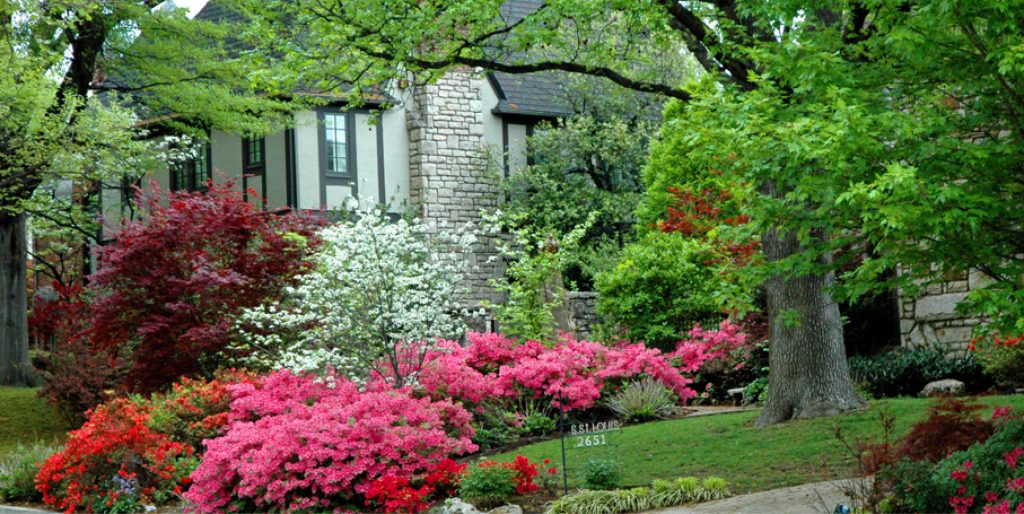Azaleas will reward you with incredible spring shows of color for years to come as long as their basic needs are met. Depending on the variety of azalea, you can expect flowering anytime from early spring-early summer.
SOIL CONDITIONS
- Moist, acidic, well-drained soil high in organic matter.
- Soil can be amended with peat moss to provide acidic conditions.
EXPOSURE
Azaleas perform best in filtered sunlight or partial shade, although there are a handful of varieties, which thrive, in full sun.
WATERING
(The following are guidelines only. Watering needs vary depending upon temperature, amount of rain, water pressure in your sprinkler, and soil type)
- Water once/day in the summer and even twice/day when temperatures exceed 95 degrees.
- Water 3 times/week in the fall.
- Water 2 times/week through the winter and early spring.
- Always water any plants either before 9 AM or after 8 PM. If you water in the heat of the day, most of the water will actually be lost to evaporation. Also, water droplets left on leaves in the scorching sun can cause unsightly discoloration, burning, and withering of leaves.
- Be aware of your soil type—if you have soil with good drainage, you can water more frequently without putting your plants in danger of root rot or numerous other problems and diseases brought on by over-watering. However, if you have clay soil, it will hold water for a longer period of time, so monitor the soil moisture carefully.
General guidelines for soil types in Tulsa:
- North of 51st St.– fairly rich soil with good drainage.
- South of 51stSt. – sandy soil near river and clay in eastern area.
PRUNING
Azaleas do not require any pruning, but if you wish to shape your plant, do so within a month after flowering so as not to interfere with the next year’s growth.
FERTILIZATION
Plants should be fertilized within the first month after flowering to get the best possible flowering the next year. However, azaleas can be fertilized throughout the summer, no later than early September.
PESTS/DISEASES
The only major problem commonly seen on azaleas is lacebug. Lacebug is most evident in spring and summer. Damaged leaves will look mottled and yellow-bronze with black spots on the undersides. Chemical sprays, applied at two-week intervals, will effectively control lacebug. Check with a garden center professional or state extension office for recommendations on specific chemicals. Most importantly, always read product labels before using any pesticide.
KINGDOM LANDSCAPE
Plant Care Guidelines


